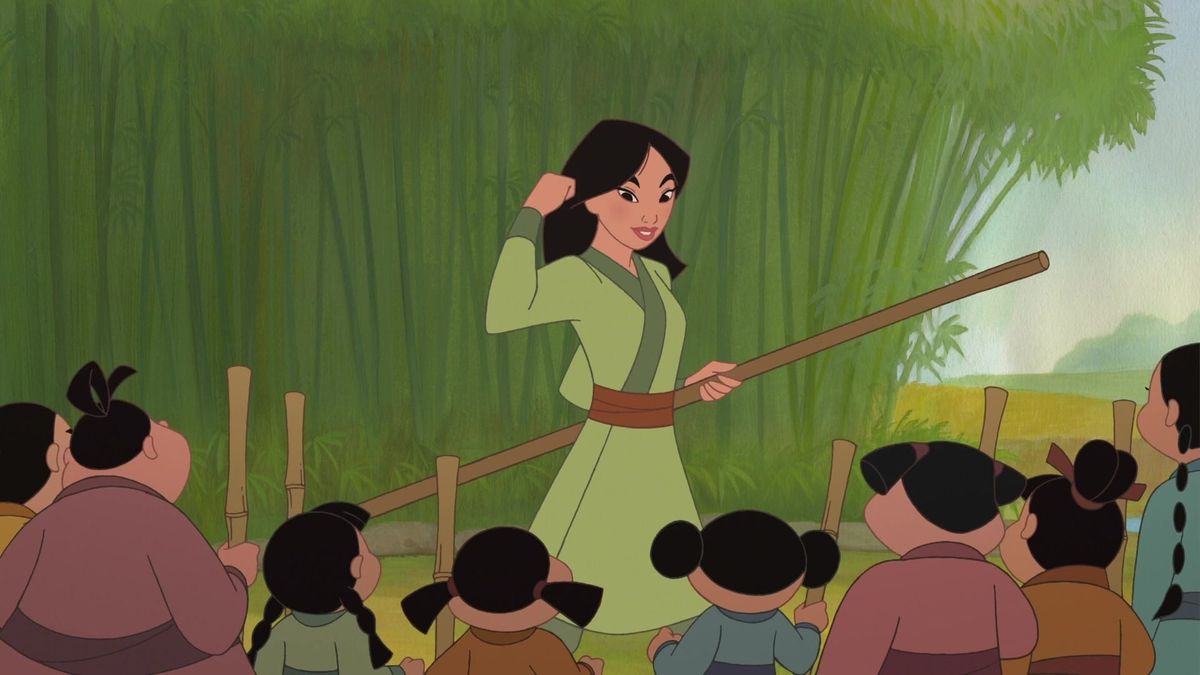Table of Contents Show
We all know and love the classic Disney films, Aladdin, The Little Mermaid, Tangled, and more. But are you familiar with The Little Mermaid II: Return to the Sea, or Tangled: Before Ever After?
For years, Disney has been producing sequels and spin-offs of their properties that don’t receive nearly as much attention as the original films. Disney will release these works as either television shows or as Direct to DVD Videos. Over time, a Disney Extended Universe was created.
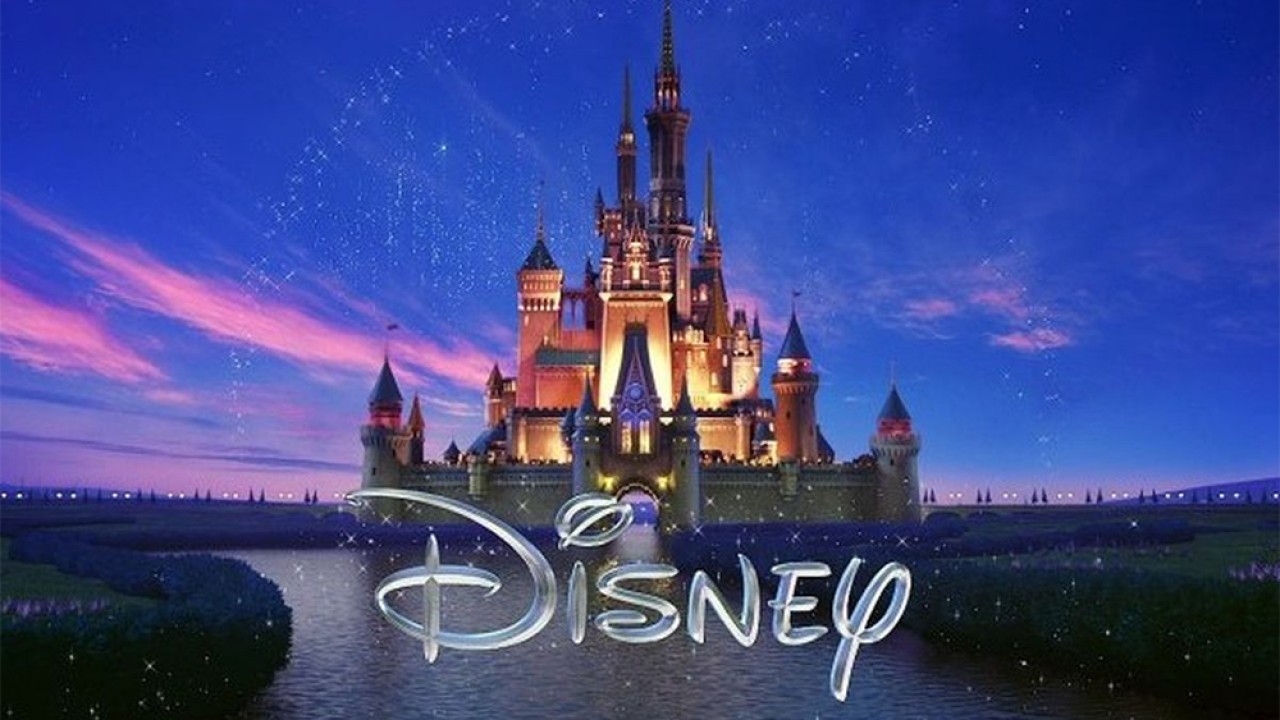
This universe contains backstories of characters, further world-building, and more! Yet the quality can be so disappointing at times that whether or not they are worth watching is debatable. However, the Disney Extended Universe is still worth exploring for its expansions to the original stories, despite the flaws contained in multiple spin-offs.
Going The Distance
As films that are on average 90 minutes long, Disney movies are limited in how much of a world they can build in each story. As a result, subsequent spin-offs are given the opportunity to expand each story world through multiple films or episodes. For instance, there is much more to Ancient Greece than Disney’s Hercules would have you believe.
The 1998 Hercules: The Animated Series realizes this, and works to expand the Hercules universe to include episodes centered on Greek mythology. The 1998 Disney series takes place in the period between Hercules meeting Phil for the first time and his transformation into a hero. Viewers watch Hercules as he goes to high school, fights monsters, and hangs out with Olympians.
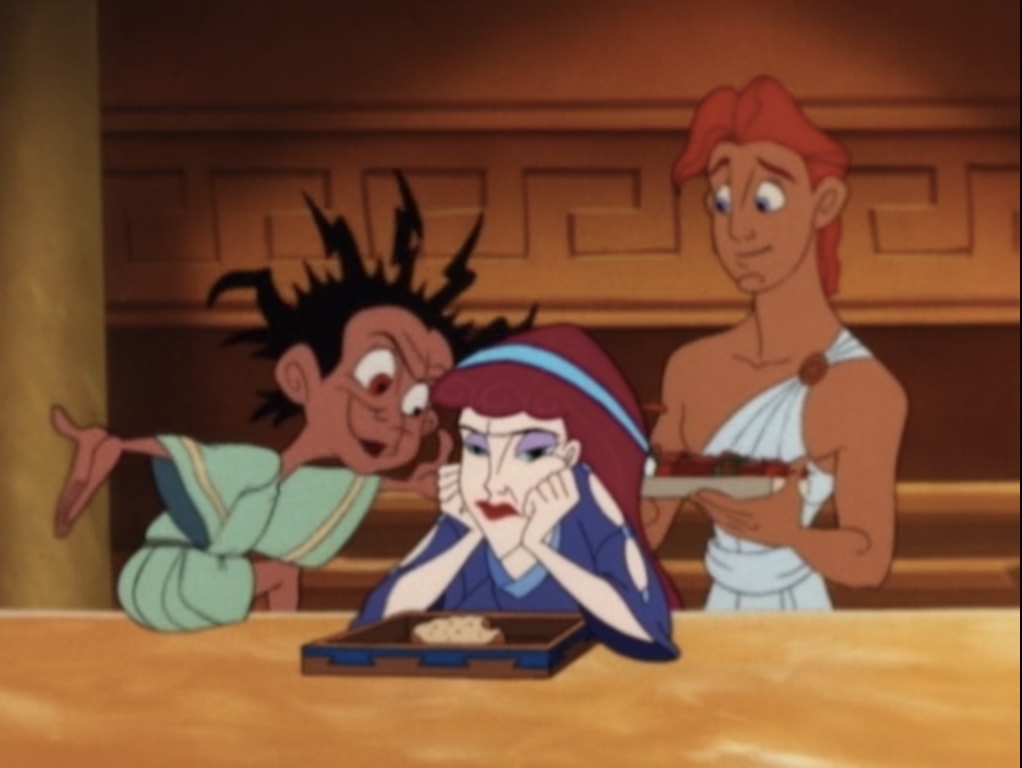
The series works off of the original world the film creates and expands it from there. In the television show Hercules visits Athens and Sparta as well, rather than staying in Thebes. Additionally, the Gods take on a much more prominent role, showing off how much influence they have on the mortal world. The young hero also interacts with characters from Greek mythology such as Icarus, Circe, Midas, and more. This spin-off adds layers to the original Disney film’s world, giving it a greater sense of depth and lore that fans of the story will greatly enjoy.
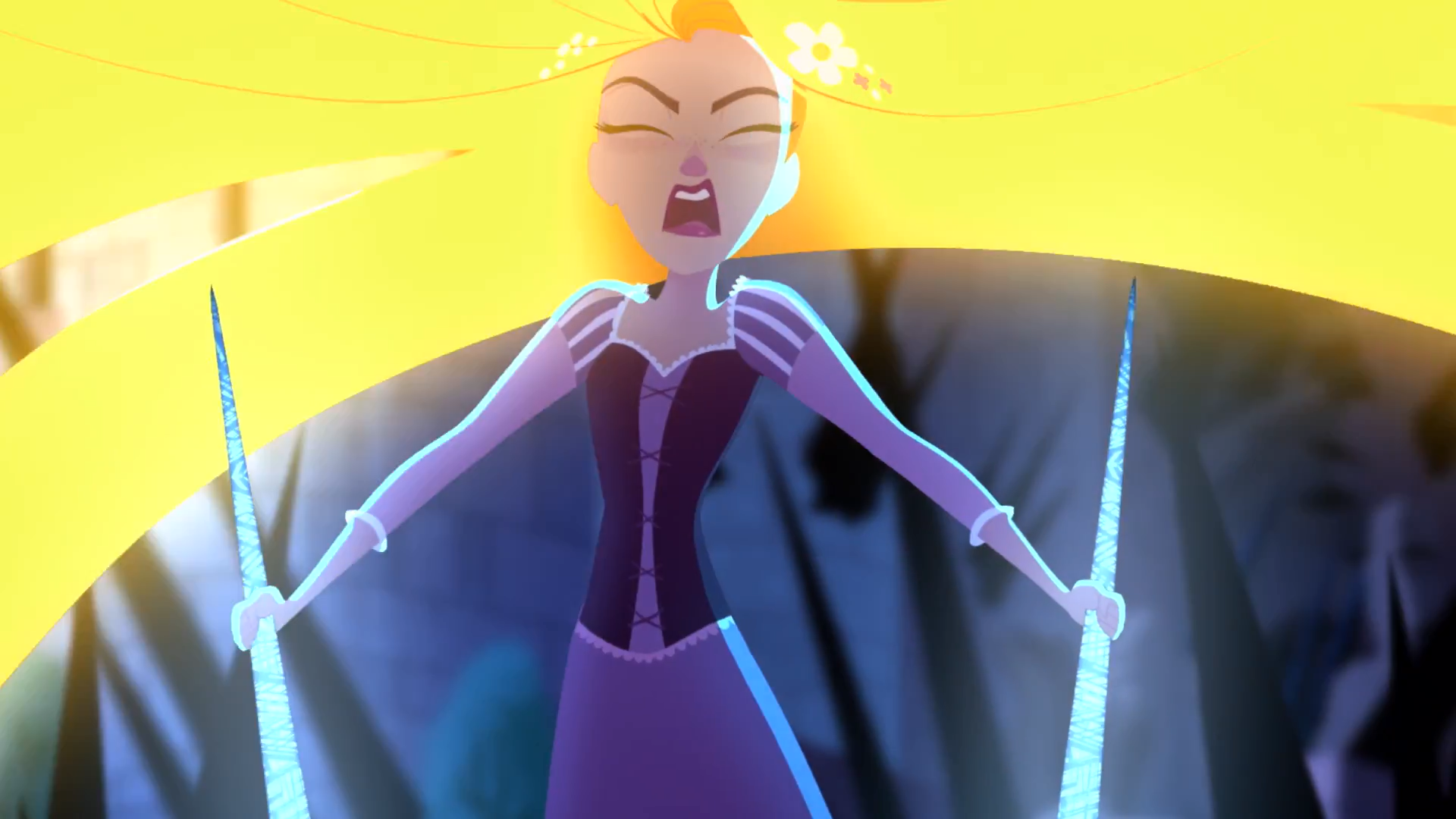
Another series that widens the original film’s world is Tangled: The Series, based off of the 2010 film of the same name. This series takes place after the first film, as Rapunzel adjusts to becoming a princess of Corona. The story expands from there as Rapunzel and Eugene discover the secret of the Sun Drop, the flower that gave Rapunzel her magic hair. They also begin to seek out the Sun Drop’s counterpart, the moonstone, that threatens to destroy Corona.
The 2017 series explains the mythology that was brushed over in the earlier film and turns the setting from simply a stretch of woods and a kingdom to a complex and exciting world. These televised spin-offs act as three-dimensional world builders that make future viewings of the original films feel complete.
Thank You, Fairy Godmother
Skipping out on the Disney Extended Universe means missing out on seeing the characters that were not fully developed in their original films, becoming dynamic and multidimensional. The most obvious example of this would be Prince Charming in Cinderella III: A Twist in Time.
In the classic Cinderella, Prince Charming has less than five minutes of dialogue in the film, despite him being Cinderella’s love interest. Cinderella III: A Twist in Time makes up for this lack of coverage by turning Prince Charming into a central character. The film picks up after Cinderella and Prince Charming have spent one “perfectly perfect” year together.
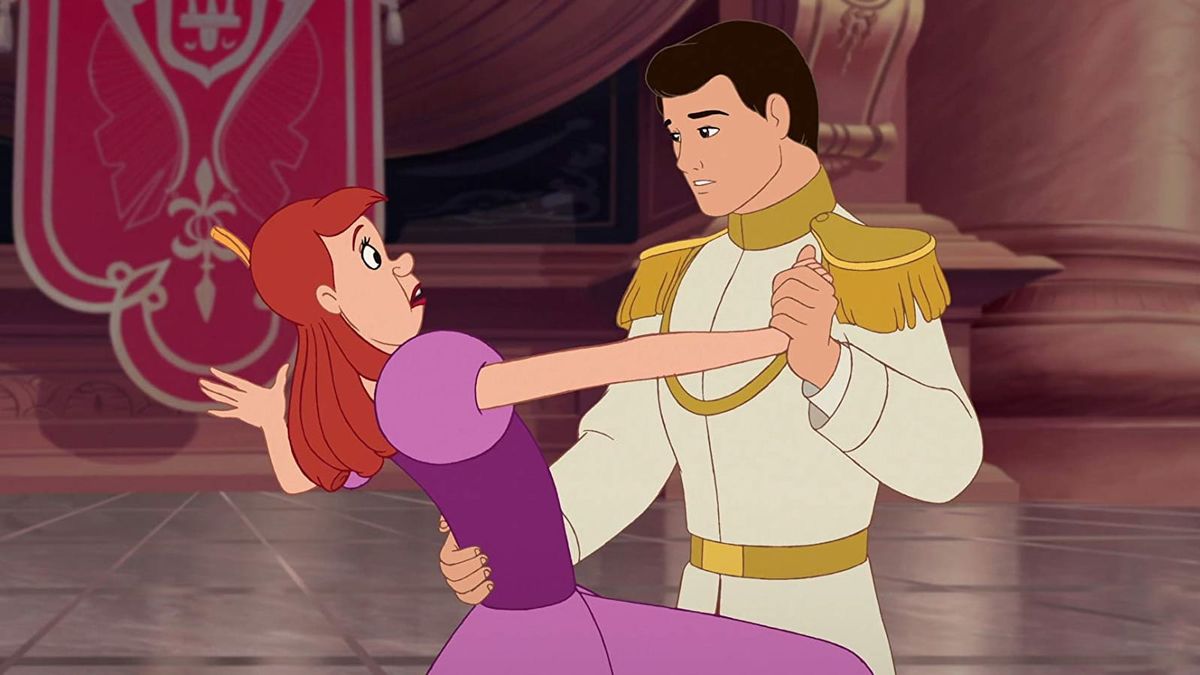
Unfortunately, this happy ending is taken away when Lady Tremaine steals the Fairy Godmother’s wand and turns back time. Once in the past, she casts a spell on Prince Charming, making him believe that he danced with Cinderella’s stepsister, Anastasia, all along. The rest of the movie focuses on Cinderella trying to break the spell, and Prince Charming coming to his senses.
In this film, Prince Charming is finally given agency. Once he realizes that Cinderella is his one true love, he takes part in an epic chase scene in order to save Cinderella before she is banished from the kingdom forever. It is with the help of the Disney Extended Universe that characters like Prince Charming become multi dimensional, rather than staying as objects designed to simply move the plot along.
More Of Me
Have you ever wondered about the backstories of characters such as Eugene Fitzherbert, King Triton, and more? Well, the Disney Extended Universe can fulfill that need with explanations of how some of your favorite characters became the way they are. Some films take a prequel approach, including The Little Mermaid: Ariel’s Beginning, which takes place prior to the first film and focuses a lot on King Triton coming to terms with his late wife’s death. As his wife was killed by pirates, the film not only adds depth to King Triton’s character but also explains his fear of the human world.
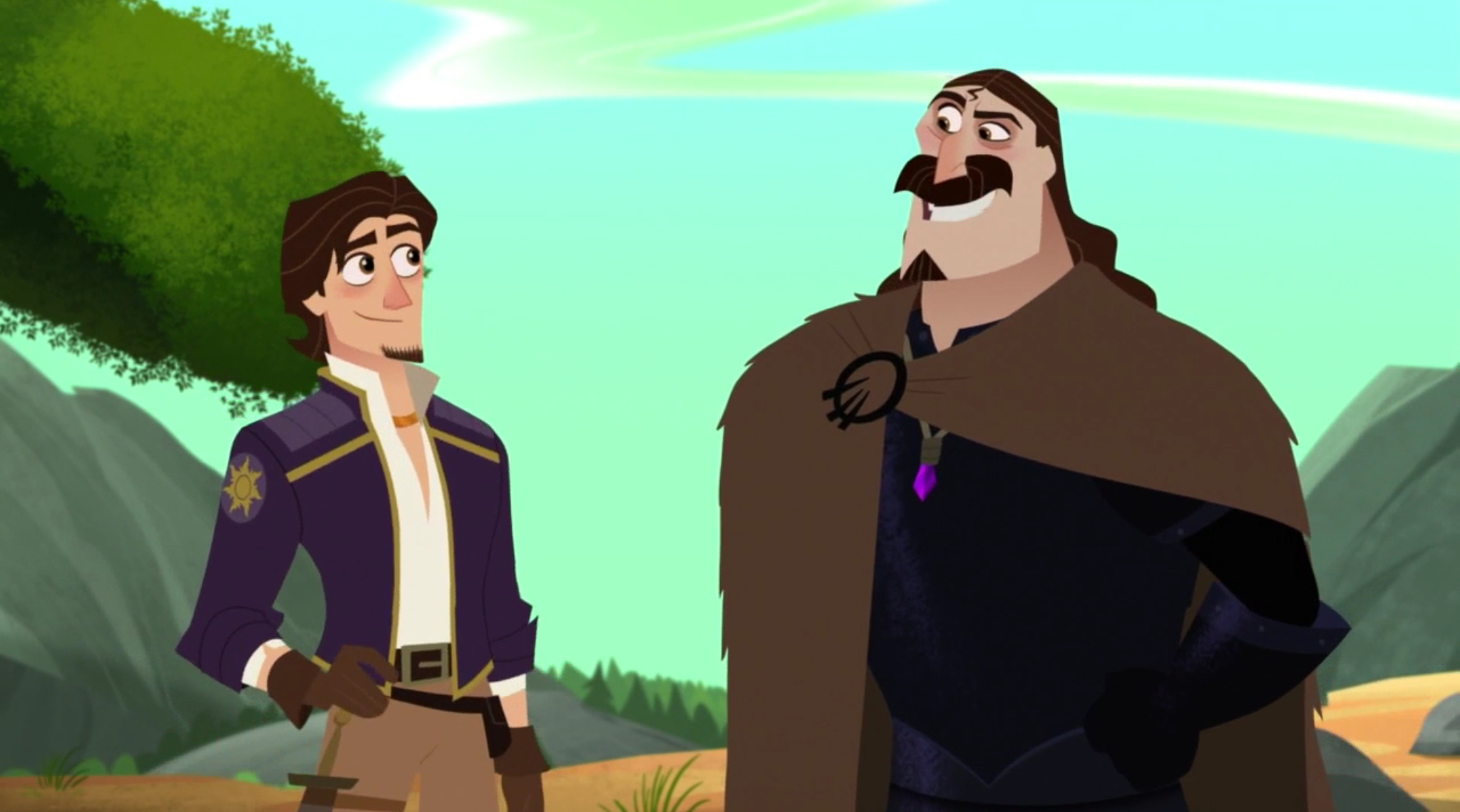
Television series like Tangled: The Series also explain characters’ histories but do so through moving forward in the story. For example, while adventuring throughout Corona to discover the secrets surrounding Rapunzel’s hair, Eugene’s past is finally revealed. In the 2010 version of Tangled, it is never fully explained where Eugene came from or why he was orphaned.
At the end of Season 2 of Tangled: The Series, Rapunzel’s crew arrives at the Dark Kingdom, where they hope to find the moonstone. Upon arrival, it is quickly revealed that Eugene is in fact a prince of the Dark Kingdom. As it turns out, he was sent away by his father, the King, as a baby to protect him from the dangers of the moonstone. By moving past the original films and going into the Disney Extended Universe, backstories such as these can finally be explored.
Honor To Us All
It is important to note that what also makes these universe extending works so appealing is simply the beautiful animation that has emerged in later spin-offs. Take, for example, the previously discussed Tangled: The Series.
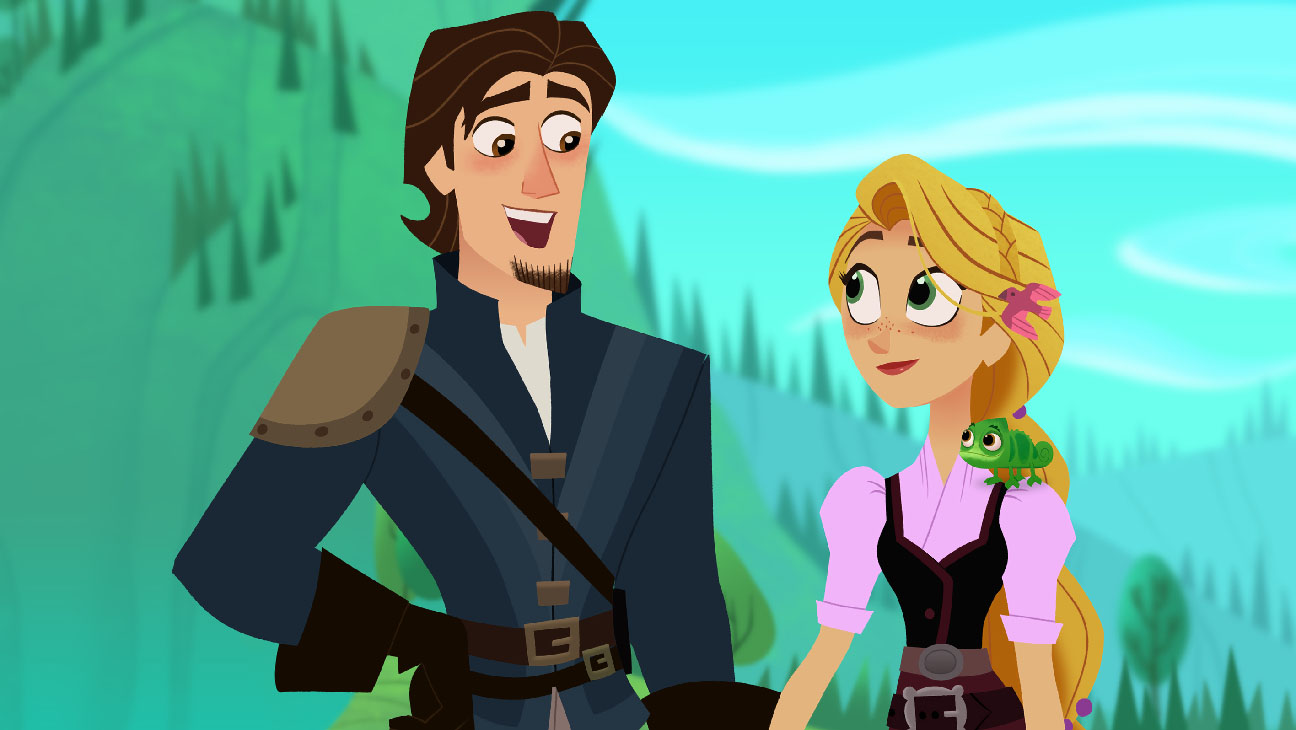
While the first film was produced using 3D Computer Animation, the latter series is a welcome return to 2D animation. Not only that, but the animation in the show is stylized rather than an attempt to mimic the original movie’s artwork. With gorgeous landscapes and new character models, the show becomes worth watching if only for the aesthetic appeal.
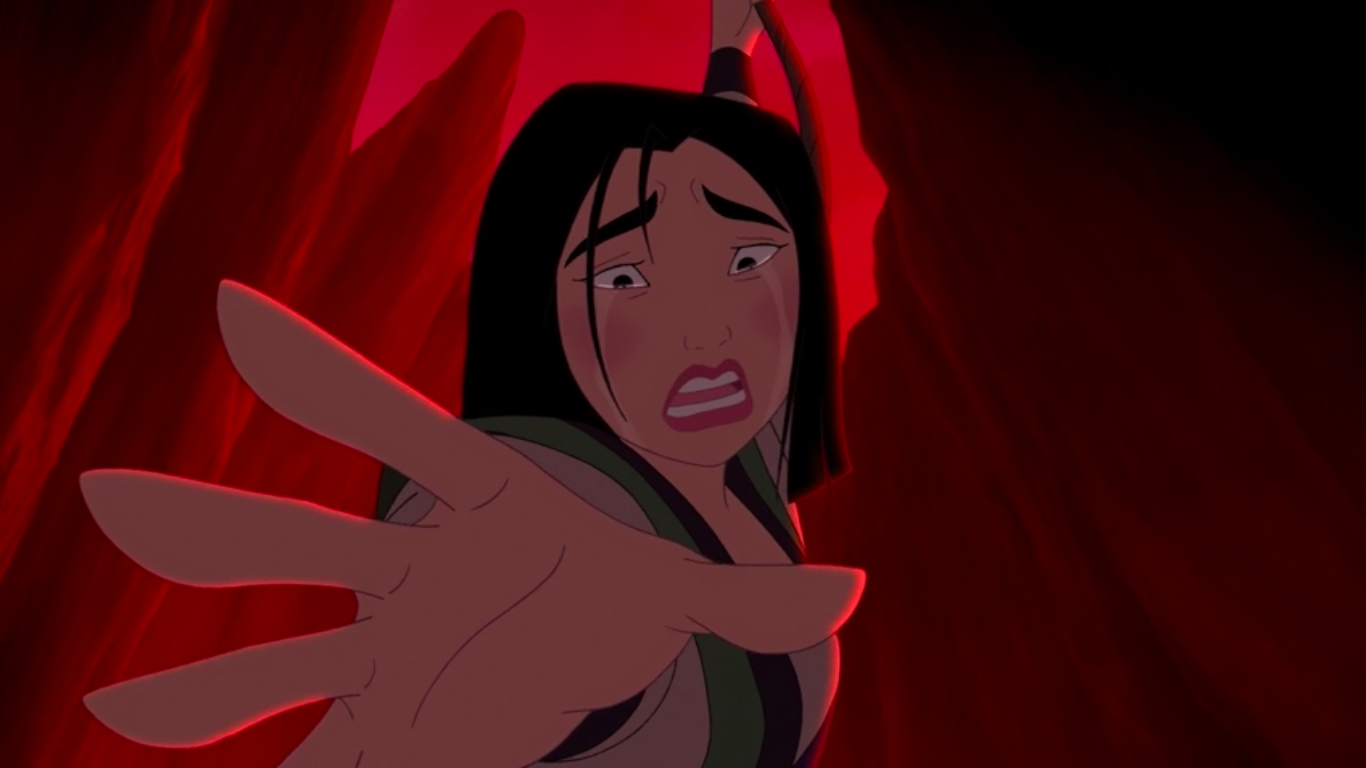
For films that attempt to mimic the same style as the previous movie, the animation has the potential to be just as good, if not better than before. Sequels such as Mulan II contain the same gorgeous watercolor landscapes of the first movie, with additional shots that show just how well made the movie is.
Are You In Or Out?
Moving onto the major flaws of these movies, there have been films that almost erase the growth and development a character went through in the original work. One such example is Aladdin’s characterization in both Aladdin: Return of Jafar, and Aladdin: King of Thieves. In the first Aladdin film, we as viewers watch Aladdin move on from a life of deceit and thievery. The climax of this movie occurs when it is revealed that Aladdin has been disguising himself as a prince while courting Jasmine. However, over time Aladdin wins back Jasmine’s trust and it appears that he is starting a life of honesty.

Both Aladdin sequels throw this development into the wind. In both films a major plot point is Aladdin being dishonest. In Aladdin: Return of Jafar, Aladdin must hide from Jasmine that he plans for Iago, Jafar’s parrot, to be pardoned. When this secret is revealed, Jasmine is hurt that Aladdin kept his intentions from her. As a result, a large portion of the film revolves around Aladdin trying to prove to Jasmine that he has changed. In the end, Aladdin won his princess back and they decide to travel the world together. Aladdin is now right back where he started, just for his character development to be reversed again in the third film, Aladdin: King of Thieves.

In the last film installment, Aladdin finds his long lost dad. They are reunited with one catch, his father is now the King of Thieves. Aladdin, however, does not care and invites his father to his wedding. For his father to come, Aladdin must lie once more and introduce his dad to the Sultan as a prisoner of the Forty Thieves, not the King of Thieves. The one difference with Aladdin’s deceit is that this time there is not a resulting plot line about betrayal.
With this final movie, Aladdin’s dishonesty simply solidifies as part of his character. While it is understandable that these films are simply trying to copy the formula that made the plot so intriguing in their original movie, characters working to fix the same flaws, again and again, makes watching Aladdin trying to become a new person feel as if you are getting a glimpse at Sisyphus pushing his rock up the hill.
Hellfire
While many of the works in the Disney Extended Universe meet the standards of a well-made Disney film, there have been many that have fallen short of these expectations. The one that stands out the most is The Hunchback of Notre Dame II. When compared to the original film, the drop in quality is nearly impossible to ignore.
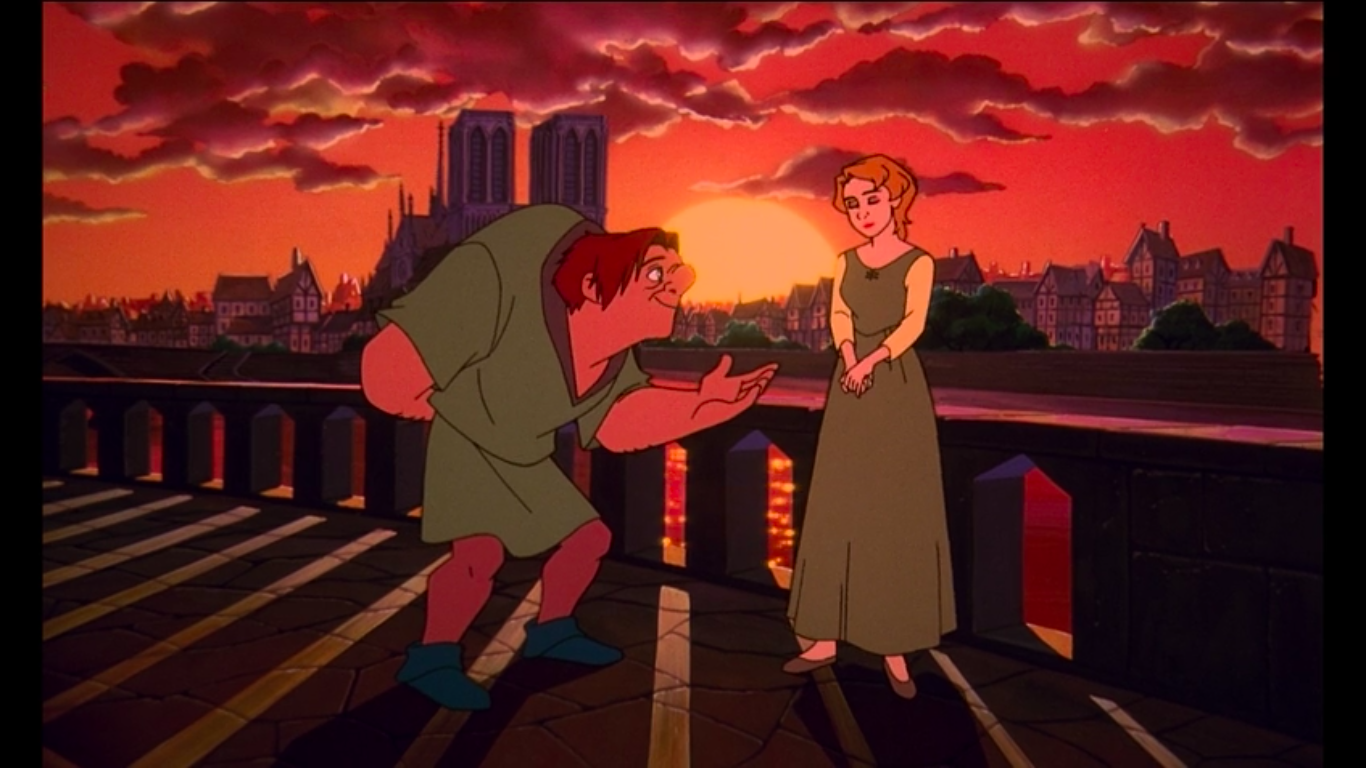
The Hunchback of Notre Dame features beautiful color palettes, complete with intricate lighting and detailed character models. Meanwhile, in The Hunchback of Notre Dame II, the colors are jarring, which is not helped by distracting lighting. Furthermore, the character models appear to be poor copies of the original art.
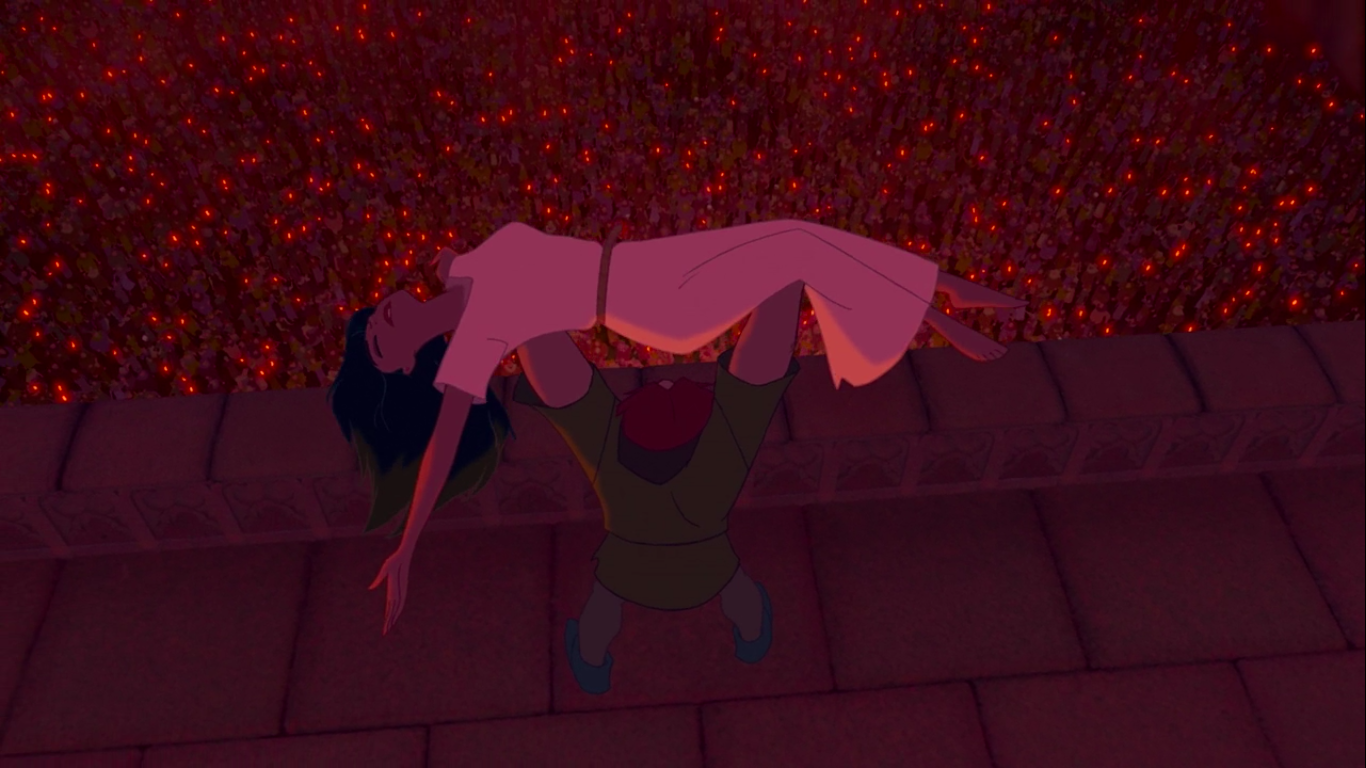
The Hunchback of Notre Dame II was produced by both Disney Television Animation and Disneytoon Studios, instead of the studio in charge of most feature films, Walt Disney Animation Studios, so a cheaper and lower quality film is to be expected (( “The Hunchback of Notre Dame 2: The Secret of the Bell.” IMDb, IMDb.com, 24 Jan. 2002, www.imdb.com/title/tt0257778/. )) But when compared to the art in previous films, these spin-offs in the Disney Extended Universe become hard to watch.
Topsy Turvy
As discussed, properties in the Disney Extended Universe have a tendency to keep characters stagnant or reverse character development. Similarly, a major flaw of these sequels is how they can also contradict the point of the original film. Take, for instance, The Hunchback of Notre Dame versus The Hunchback of Notre Dame II. The first film ends on a positive note, despite Quasimodo not ending up with Esmerelda, he has still found love and acceptance. The message that friendship and community can make you just as happy as a relationship is passed onto viewers.
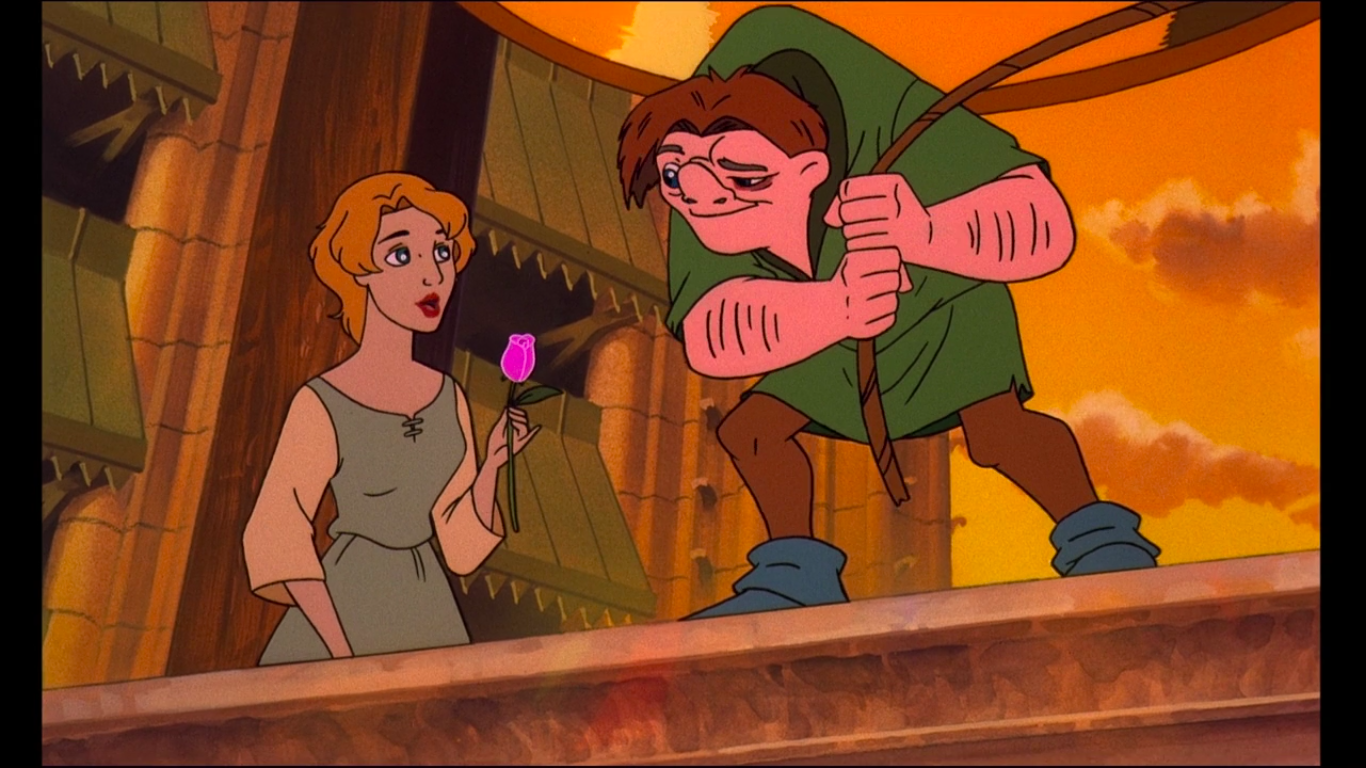
The sequel, on the other hand, is highly hypocritical of this message. From the start of the film, Quasimodo is obsessed with finding a romantic partner. The film seems to suggest that Quasimodo cannot reach a true happy ending until he has found a woman to spend it with. Contradictions such as this one can make viewers question what the point of the first film was anyway.
A Whole New World
With the recent release of Disney +, now is as good a time as ever to explore the Disney Extended Universe. No longer do you have to scour the internet for a copy or hope that you have an old DVD or VHS version of a spin-off. Now you can simply log onto Disney + and binge full television series and all the sequels your heart desires. While, yes, there are major flaws within the Disney Extended Universe, the additional Disney magic available to discover makes it all worth it.
